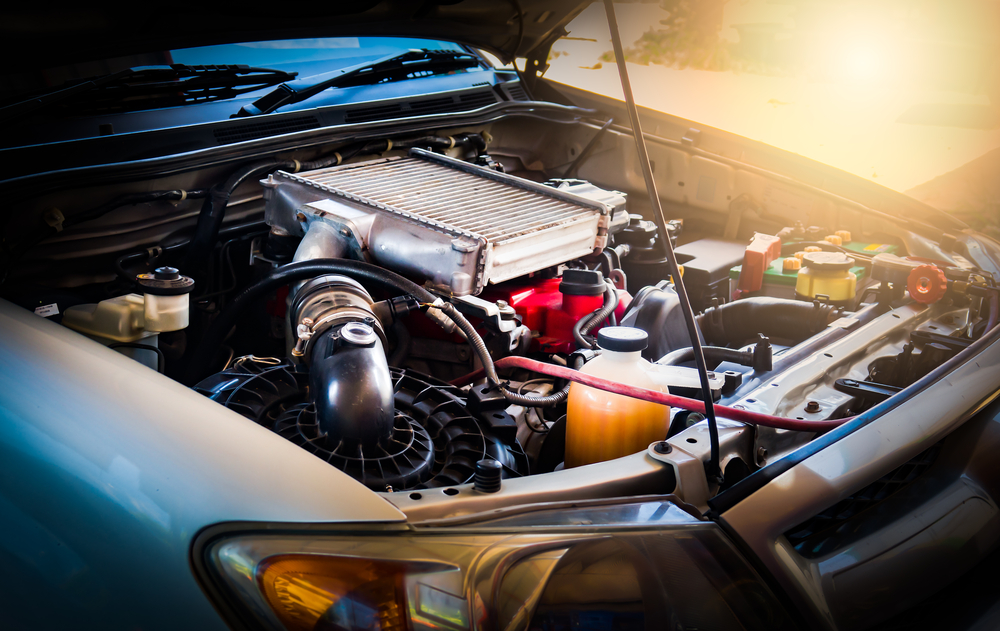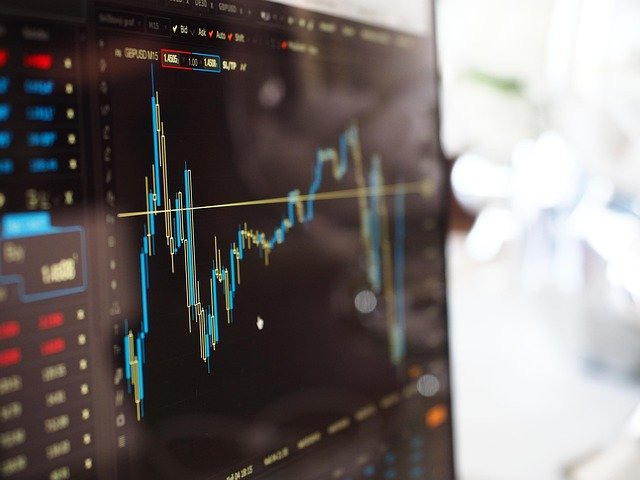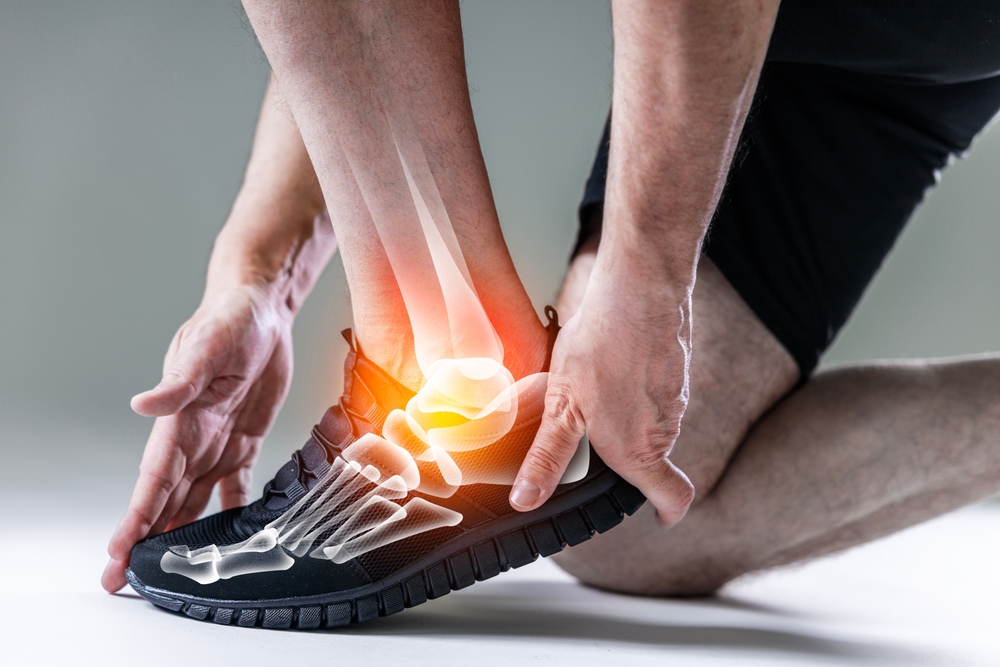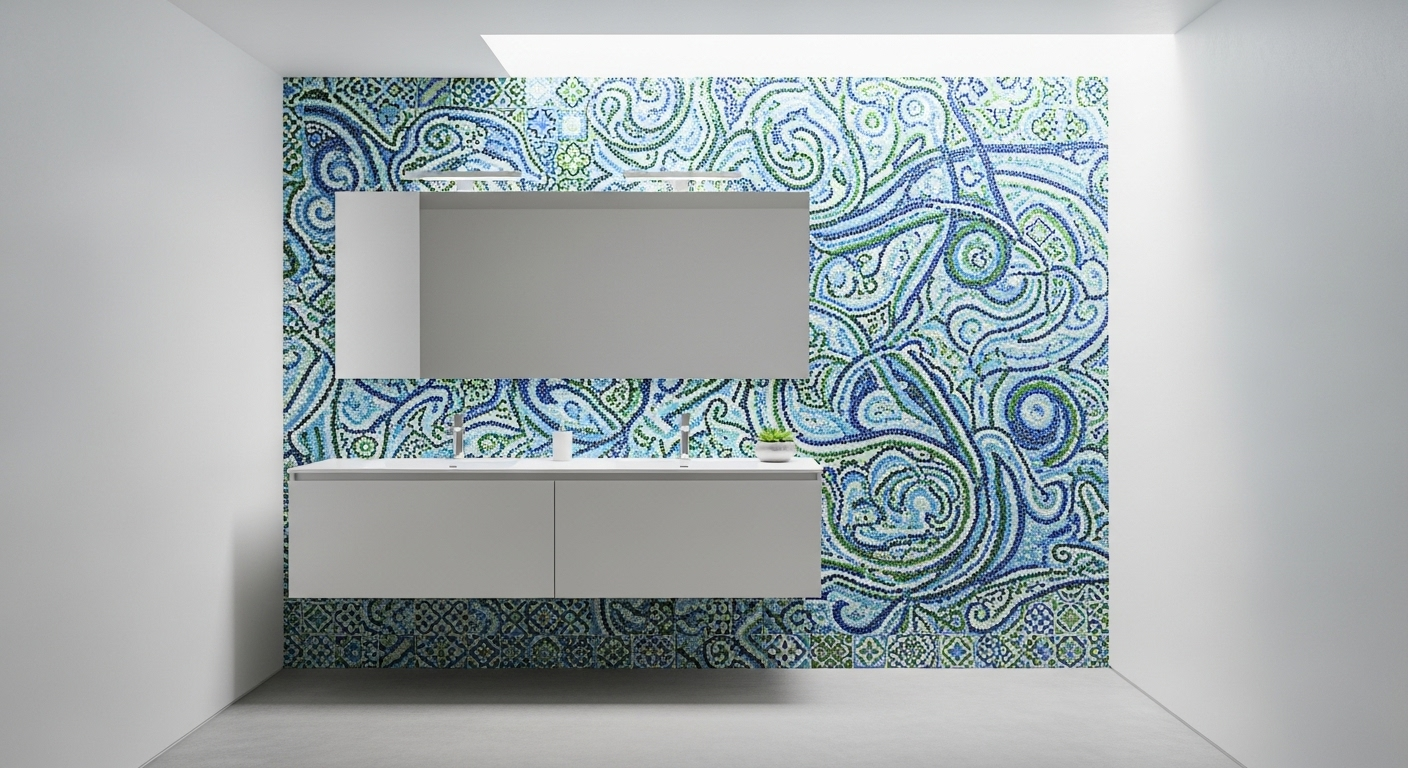Rediscovering the Renaissance: The Influence of Baroque Art on Modern Cinema
In the realm of art and entertainment, few periods have exerted as much influence as the Baroque period. This article delves into the pervasive influence of Baroque art on contemporary cinema, tracing the roots of this fascinating symbiosis and exploring the enduring appeal of Baroque aesthetics for modern filmmakers.
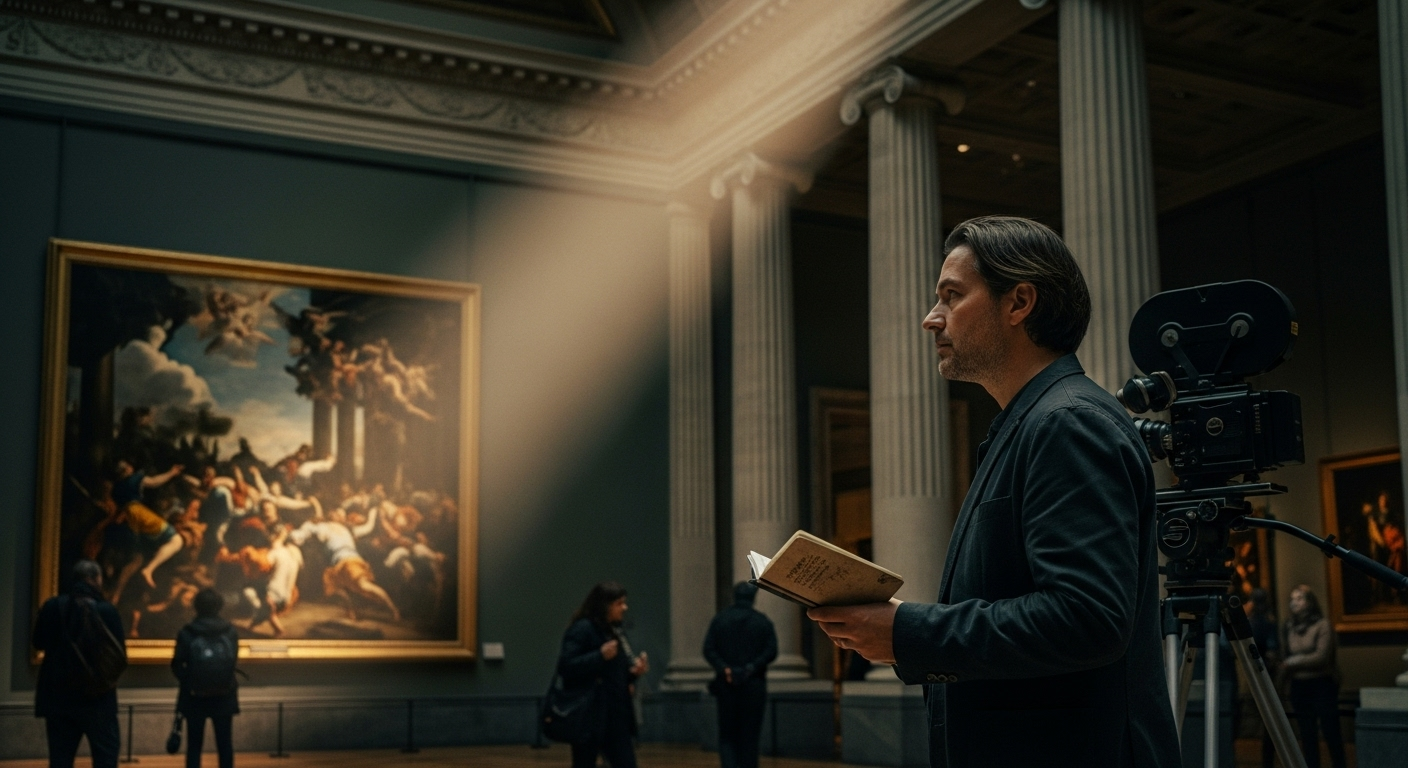
The Baroque Period: A Brief Overview
The Baroque period, spanning from the late 16th to the early 18th century, was a time of grandeur and extravagance. Characterized by dramatic lighting, intricate detail, and a strong sense of movement, Baroque art sought to evoke emotion and create a sense of awe. This period produced masterpieces like Caravaggio’s “The Calling of St. Matthew” and Bernini’s “Ecstasy of Saint Teresa”, works that continue to captivate audiences with their depth and intensity.
Baroque Aesthetics in Modern Cinema
Fast forward to the 21st century, and the influence of Baroque art is visibly present in modern cinema. Directors like Martin Scorsese and Guillermo Del Toro have often drawn from the Baroque aesthetics, infusing their films with a sense of grandeur and dynamism reminiscent of the period. Scorsese’s “Hugo” and Del Toro’s “Pan’s Labyrinth” are prime examples of this trend.
The Impact and Significance of Baroque Influences
The influence of Baroque art on modern cinema goes beyond aesthetics; it also impacts the storytelling and thematic elements of films. The drama and emotion inherent in Baroque art lend themselves well to cinema, enhancing the narrative and creating a more immersive viewing experience. Moreover, the use of Baroque aesthetics signifies a nod to the past, an acknowledgement of the historical roots of cinematic art.
Current Developments and Trends
The use of Baroque aesthetics is not confined to a particular genre or style of filmmaking. From the grandeur of epic fantasy films to the detailed world-building of period dramas, Baroque influences can be found across the spectrum. Recent years have seen a resurgence of this trend, with films like “The Favourite” and “The Grand Budapest Hotel” embracing the Baroque aesthetic and pushing the boundaries of its application in cinema.
The Future of Baroque Influence in Cinema
As we move forward, it’s clear that the influence of Baroque art on modern cinema is far from fading. In an era where filmmakers are constantly seeking new ways to captivate audiences, the grandeur and emotion of the Baroque period offer an enduring source of inspiration. As long as filmmakers continue to draw from the past to shape the future, the legacy of the Baroque era will live on in the world of cinema.
In conclusion, the influence of Baroque art on modern cinema is a testament to the enduring power of this artistic period. From the grandeur of its aesthetics to the emotion of its narratives, the Baroque period continues to inspire and captivate, leaving an indelible mark on the world of cinema.

